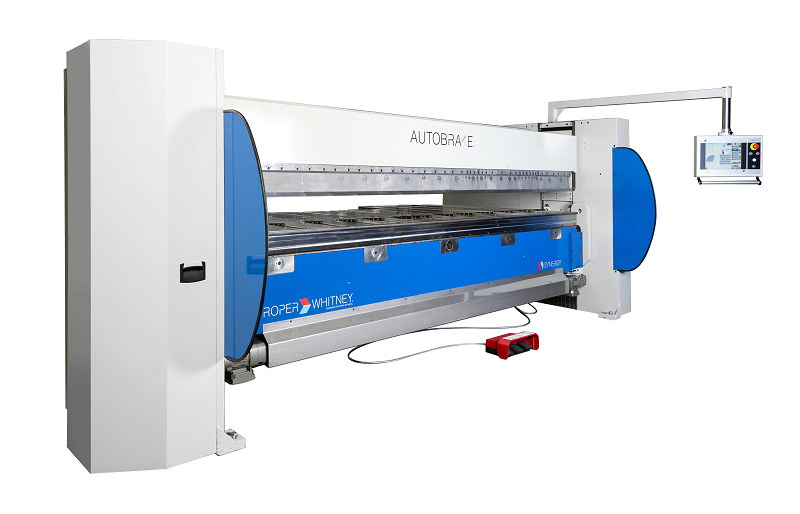The roof is often the first point of contact for storms, severe weather, and other natural impacts to the home. With climate change continuing to worsen, these impacts and storms are increasing in frequency and intensity. Wind, rain, hail, ice, and fire all pose a risk for potential roof damage, thus the roof’s resiliency in the face of these elements has grown increasingly imperative. Stone coated steel roofing offers this resistance, which is undoubtedly one of the reasons it is commonly utilized in new construction, retrofits, and storm-damage roofing applications.
Stone coated steel roofing refers to roofing tiles that are manufactured from Galvalume steel, and then coated with stone granules that are applied with acrylic polymer adhesives. The resulting material is extremely lightweight (1.5 pounds per square foot) and durable, benefitting from the structural strength of the steel comprising it. (Galvalume is a Registered Trademark of BIEC International, Inc.) Built to stand the test of time in any climate, Stone coated steel is also cost-effective and offered in numerous profiles and colors, mimicking traditional shake, slate, tile, and shingle roofing. As such, the material in its many variations complements the architectural look of countless home styles and aesthetics.
Weather Resiliency in Detail
Stone coated steel roofing provides meaningful protection from numerous, potentially damaging conditions including ice damming, snow loads, hail, wind uplift and fire.
· Ice Damming: Following heavy snowfall in cold climates, warm air in the attic warms the roof, causing snow to melt. Water running down the roof refreezes when it reaches the colder roof edge, forming an ice mound. However, stone coated steel roofing installed with an elevated, or “above-sheathing ventilation” (ASV), roof system can help equalize the temperature between the snow and the structure, minimizing melt and freeze snow cycles and reducing ice dams.
· Snow Loads: Between the steel composition, panel profile, and installation methods, a stone coated steel roof can carry more weight from snow loads than other roofing options, protecting the roof from costly damage. The properly supported panels do not delaminate, fracture, or break from the added weight that can accumulate from high levels of snowfall.
· Hail: With ASTM Class 4 Impact and options rated to FM-VSH (Very Severe Hail) impact ratings with the ability to withstand 2-inch hail stones at a minimum of 53 joules, stone coated steel roofing is among the best roofing materials available for withstanding the devastating hailstorms that impact homeowners in many regions of the country.
· Wind Uplift: With modular design, batten substructure, and fastening patterns, stone coated steel has been proven to withstand severe wind events including various hurricanes and tropical storms. The product offers warranty coverage for wind speeds up to 120 mph and is tested to meet codes for the most stringent wind regions, including in Miami Dade County, Florida, where requirements reach as high as 180 mph.
· Fire: As shown by testing results to ASTM-E108, stone coated steel roofing also helps protect structures from fire spread. The material offers a Class-A fire rating when used with specific underlayment materials, providing extra protection from wind-driven embers, which are common during urban firestorms, and which can pose a risk if they come into contact with the home’s roof.
The bottom line is that a stone coated steel roofing system, when installed with the proper underlayment and attachment process, provides safety, comfort, and protection from some of the most severe climate conditions. Notably, it can also be installed in any weather, even severe cold, allowing contractors to get their project done on-time and reducing the likelihood of weather-related installation delays.
Optimizing Energy Savings
In addition to its important resiliency attributes, stone coated steel roofing may also be used as part of a complete cool roof system to reduce the structure’s energy consumption and to achieve meaningful, long-term energy savings. A stone coated steel cool roof system will encompass a series of key components including a high-performance underlayment, an elevated batten system, and a variety of hip and ridge ventilation products. Additionally, the cool roof incorporates above-sheathing ventilation (ASV). All the cool roof system elements work in concert to create a cooler attic and a much more comfortable living space. With a strong sustainability story, the cost-effective roofing system is also 100% recyclable at the end of its serviceable life on the roof.
About the Author: Robin Anderson is Technical and Strategy Development Manager with Westlake Royal Roofing Solutions. For more information, email [email protected] or visit westlakeroyalroofing.com.





Be the first to comment on "Weather Resistance Attributes of Stone Coated Steel Roofing Contribute to its Growing Popularity"